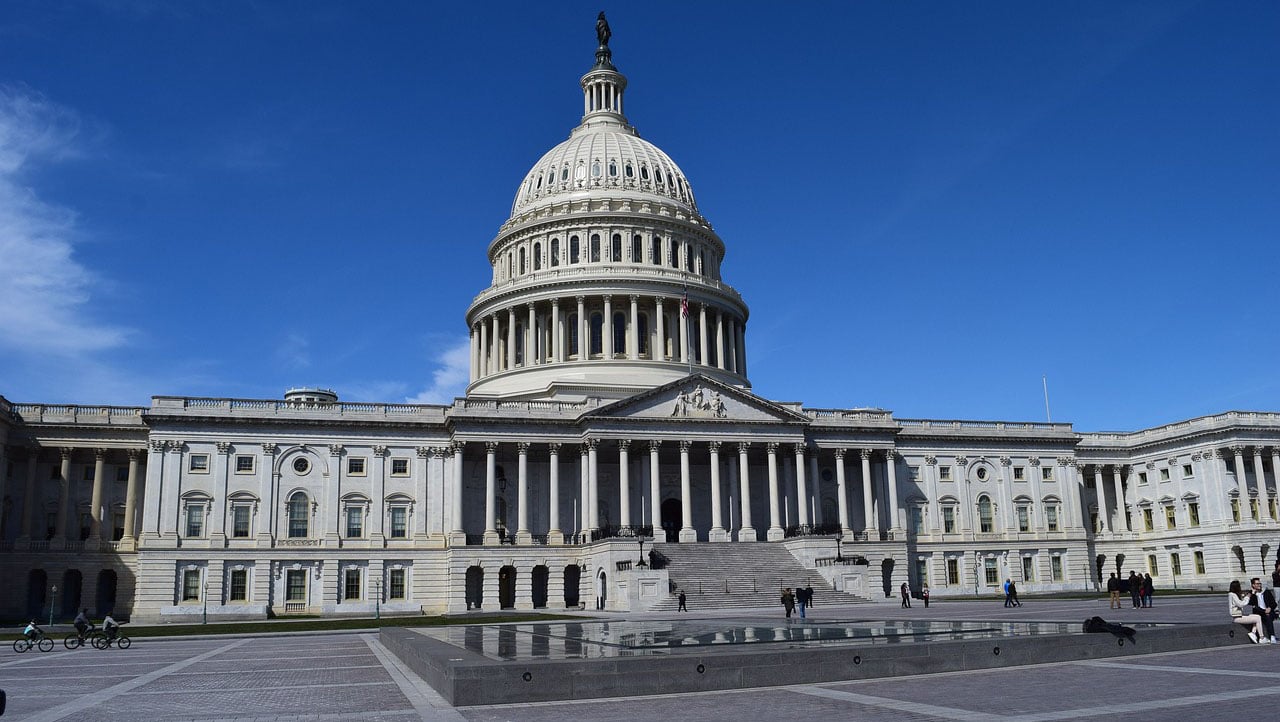The 2026 Physician Fee Schedule (PFS) Final Rule issued by the Centers for Medicare and Medicaid Services (CMS) contains very few changes from the Proposed Rule released in July. Although the Conversion Factors (CF) are an increase over the current 2025 rate, they are slightly lower than in the Proposed Rule.
Medicare Updates 2026: Fee Schedule and Impact on Radiology on November 12, 2025
Categories: radiology reimbursement, radiology, Medicare Physician Fee Schedule
What is the Real Impact of the 2026 MPFS Proposed Rule on Radiology Practices? on September 30, 2025
While the initial impression of the Medicare Physician Fee Schedule (MPFS) Proposed Rule for 2026 was an increase of 3.83% or 3.32% depending upon a physician’s APM status, the real story is told by doing further analysis. We performed a volume-weighted analysis[i] for a composite sample practice using volumes from our database.
Categories: radiology reimbursement, MPFS, radiology
There Might Be Some Good News in the Medicare Physician Fee Schedule Proposed Rule For 2026 on July 30, 2025
This article was published on July 30, 2025 and updated on August 21, 2025.
The Proposed Rule issued by the Centers for Medicare and Medicaid Services (CMS) for payments under the 2026 Physician Fee Schedule (PFS) contains an increase from the current 2025 rate. There will be two different fee schedules determined by a provider’s participation status in Alternative Payment Models (APM). The Conversion Factor (CF) in the 2026 Proposed Rule is $33.5875 (up 3.83%) for Qualified Professionals (QP) or $33.4209 (up 3.32%) for non-QP’s, compared with the $32.3465 currently in use.
Categories: radiology reimbursement, medicare reimbursement, interventional radiology, MPFS, diagnostic radiology
Does the Continuing Resolution Do Anything for Radiology? on April 2, 2025
The Medicare reimbursement rates for 2025 remain unchanged as a result of the Continuing Resolution (CR) passed by Congress and signed on March 15. Thus, the downward spiral of Medicare reimbursement continues with physicians receiving nominally 2.83% less this year than in 2024. Radiology practices will see somewhat different results depending on their practice pattern, as we reported in our recent article analyzing the real impact of the Medicare Physician Fee Schedule (MPFS). We calculate that the Professional Component reimbursement would decrease 2.16%, while global reimbursement at an imaging center would decrease by 3.55%, both on a weighted-average basis.
Categories: radiology reimbursement, radiology, continuing resolution
What is the Impact of the 2025 Medicare Fee Schedule Changes on Radiology Practices? on March 4, 2025
The 2025 conversion factor (CF) that sets the overall rate for the Medicare Physician Fee Schedule (MPFS) was adjusted downward by 2.83% from the 2024 rate, to $32.3465 per Relative Value Unit (RVU) vs. $33.2875 per RVU. Several bills are pending in Congress that would mitigate the scheduled reduction, at least on a temporary basis, or perhaps to make more permanent corrections to the Medicare pricing formula. However, as of this writing none are in active discussion.
Categories: radiology reimbursement, MPFS, radiology, Medicare Physician Fee Schedule
Medicare Quality Payment Program Changes Affecting Radiology Practices For 2025 on February 19, 2025
Radiology practices often participate in the Quality Payment Program (QPP) through the Merit-based Incentive Payment System (MIPS). Many aspects of the MIPS rules remain unchanged for 2025, including:
Categories: radiology reimbursement, MIPS, Quality Payment Program, MIPS participation, QPP
Complete documentation of any radiology procedure is the key to appropriate reimbursement. This is especially true for venous duplex Doppler ultrasound exams, where including fewer than the required number of elements for a complete procedure will result in reimbursement for a limited study.
Categories: radiology reimbursement, radiology documentation, ultrasound
Last Minute Congressional Action Reduces Medicare Fee Cuts For 2023 on January 4, 2023
In response to concern expressed across the spectrum of physicians and their representative organizations, the omnibus spending bill titled the Consolidated Appropriations Act, 2023 (CAA23) passed by Congress on December 23 rolled back a Medicare payment cut of 8.5%. As a result, we estimate that the conversion factor will still be cut 2.08% for 2023. However, as we reported previously, many practices will feel a larger reimbursement reduction due to the annual valuation adjustments within the fee schedule.
Categories: radiology reimbursement, MPFS
Expanded Authorization for Non-Physician Providers on October 25, 2022
The opportunities for non-physician providers (NPP) in radiology practices continue to expand. Recently the American College of Radiology (ACR) revised its CT and MRI facility accreditation criteria to allow NPPs to be able to directly supervise contrast administration. This mirrors the revised practice parameter for supervision of contrast administration that was previously adopted by the ACR. Note, however, that state licensure laws are the final authority that determine which services may be provided by NPPs.
Categories: radiology reimbursement, radiology, NPP, Non-Physician Provider
What Will the MIPS Value Pathways Option Mean for Radiology Practices? on September 21, 2022
Beginning in 2023, physicians will have the option to report under the Medicare Quality Payment Program (QPP) using MIPS Value Pathways (MVP) in lieu of the traditional reporting methods. MIPS, the Medicare Incentive-based Payment System, started gathering performance reports in 2017 and in 2019 the first Medicare payment adjustments were made based on that 2017 reporting. Eventually traditional MIPS reporting will be phased out, but the Centers for Medicare and Medicaid Services (CMS) has not proposed a timeline for doing so.
Categories: radiology reimbursement, MIPS, MIPS participation, radiology













